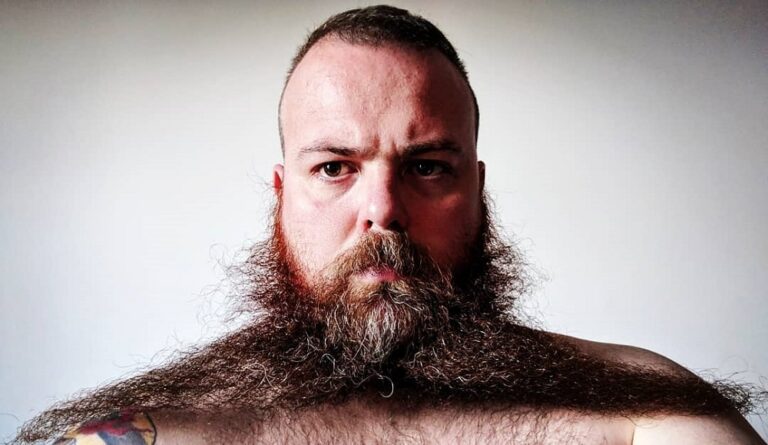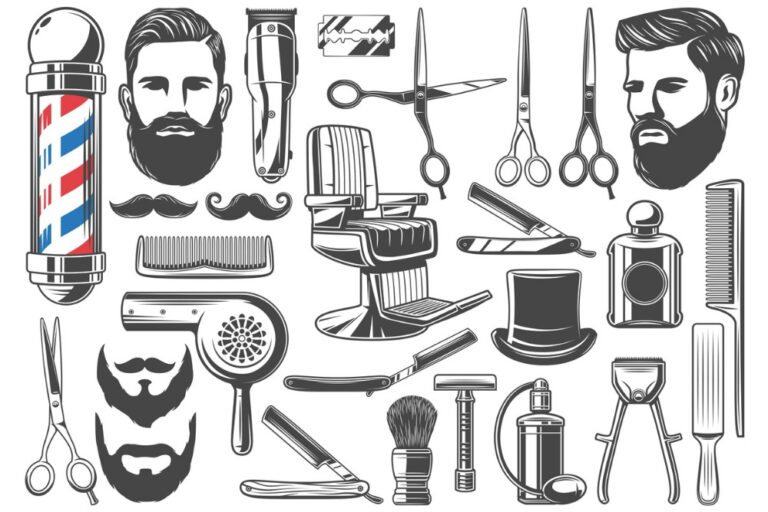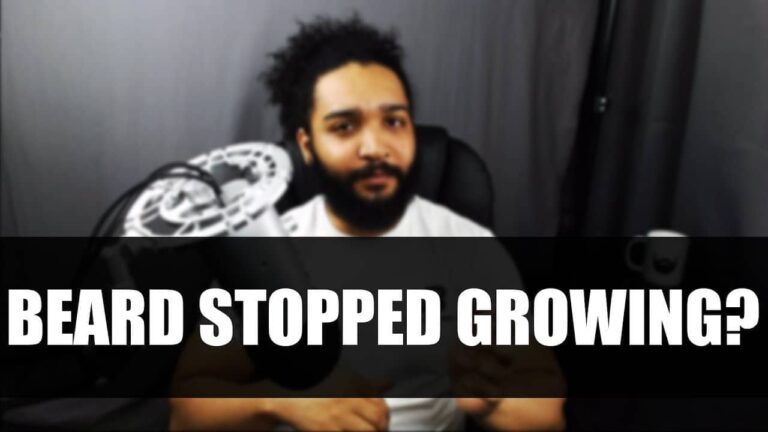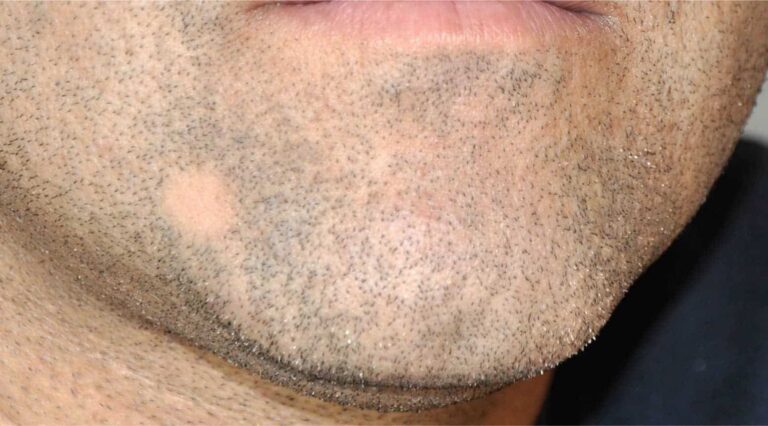How to Train Your Beard in 8 Easy Steps
As your beard begins to grow you might be wondering how to train your beard to look its best. Your preferred beard style might require growing your beard in a certain direction. For a full, bushy beard, guiding your beard to grow downward can make things easier.
Going for a diagonal direction can create a rugged, masculine vibe, while a curved direction can help enhance your face’s shape and contours.
But the question is can you train your beard to grow in a particular direction? If yes then how to do it? Don’t stress yourself with these questions as it can affect your beard growth.
The pattern of your beard growth direction depends on factors like genetics, hormones, and hair growth patterns. But like training a mustache, it is also possible to train your beard to grow in a certain direction.
Follow the tips and tricks outlined in this article to train your beard to grow in a different direction over time.
The Factors That Affect Your Beard Growth Direction
Your beard growth direction is influenced by a variety of factors such as:
Hair Growth Patterns
The angle and curvature of hair follicles affect beard growth direction. These patterns are determined by genetics.
Hormones
Testosterone is a key factor in determining the direction of beard growth. It promotes facial hair growth, and higher testosterone levels can result in a stronger growth pattern.
Hormonal imbalances or fluctuations, like those brought on by aging or medications, can also influence the direction of beard growth.
Facial Hair Care
Your beard care routine can also affect its growth direction. For example, if you want to curl your beard, don’t trim it too short.
How to Train Your Beard
Step 1: Choose a beard style
Choosing a beard style is the first thing you should do before directionally training your beard. If you want to grow a long beard you have to train your beard to grow downward. A horizontally stretched beard style requires different training. So, choose your beard style first.
Step 2: Analyze your beard growth pattern
Your facial growth pattern is important to determine the training approach. For instance, a coarse, curly beard needs to be trained (in some cases it has to be straightened) more than a straight beard. If you chose a curly beard style but your beard is straight, you need to train your beard to curl. The curling process is the same as mustache curling.
Step 3: Trim Your Beard
Trim your beard first. This might sound like someone telling you to get rid of money to prevent thieves from stealing it. But to train your beard to grow in the right direction it is important to trim it. To properly train your beard, start fresh and start from square one.
When your beard reaches the optimal length, simply even out your beard hair and shape it according to your face. Trim the neckline and the cheek line to give your beard a cleaner look.
Step 4: Wash and Soften It
The next step is the most important since you need to wash your beard and make it much softer. A brittle and dry beard can be hard to shape, so it’s best you soften it with a beard shampoo and conditioner.
Washing during the early stages of beard growth is also important since the underlying skin should be healthy. A beard is only as healthy as the skin underneath, so you should wash it regularly and finish with some beard oil to keep it soft.
Step 5: Train Your Beard with the Right Tools
As long as you’ve been consistently washing your beard at least once daily, you will notice your beard getting a little softer. Now you can capitalize on this by training it with the right tools.
For example, a beard comb can help to straighten and align your beard hair. A beard straightener can also do the same instantly but it can damage your hair follicles so combing your beard will be the right choice.
Step 6: Brush Downward to Lead the Beard to the Chin
This is the most important part of training your beard to grow in a particular direction. Use a suitable beard brush and slowly train it to go down to the chin by brushing it regularly.
Brushing is good exercise for your beard since it also exfoliates the pores. But besides keeping the skin healthy, it also helps you shape and train your beard.
Step 7: Use Beard Oil and Balm to Nourish and Control Your Beard
Beard oil and balm are essential products for controlling your beard and encouraging it to grow in the desired direction. They help to nourish your beard, soften your facial hair, and control any flyaways.
Apply beard oil or balm to your beard every day. Give extra attention to dry spots. Then brush your beard in the direction you want your beard to grow. You can even use beard wax to encourage beard growth direction.
Step 8: Maintain Consistency
A good beard is the result of consistency. So, make sure that you spare a few minutes every day for training your beard.
So, trim the beard when it gets too long, wash, oil, and brush your beard daily to make it flow down to your chin.
The pattern of your beard growth direction depends on factors like genetics, hormones, and hair growth patterns. But like training a mustache, it is also possible to train your beard to grow in a certain direction.
So, Training your beard to grow in a certain direction comes down to trimming, washing, oiling, and brushing your beard regularly.






